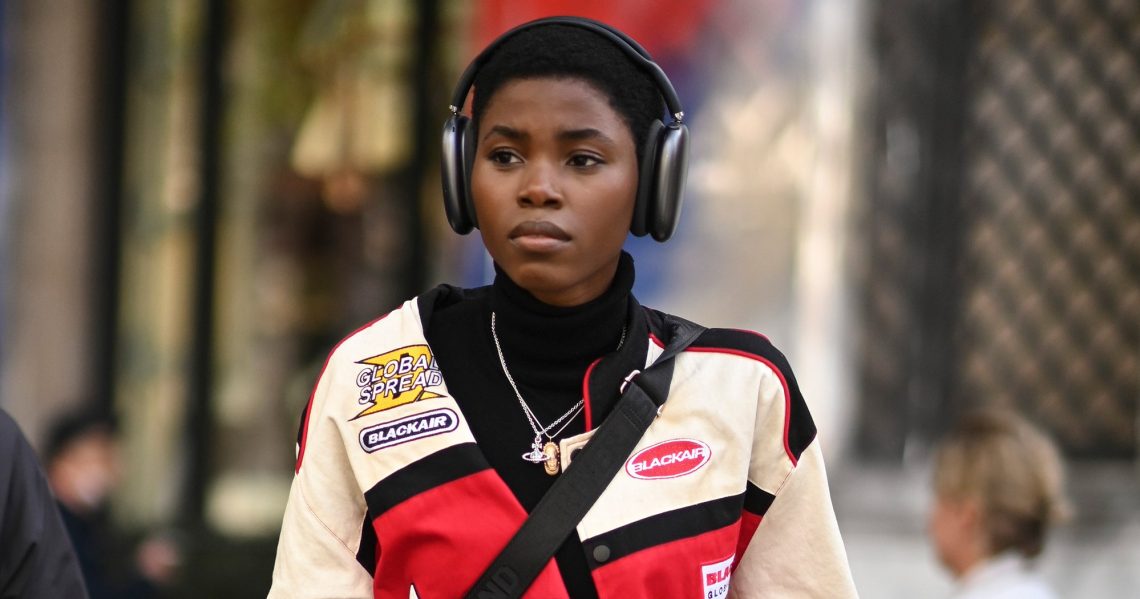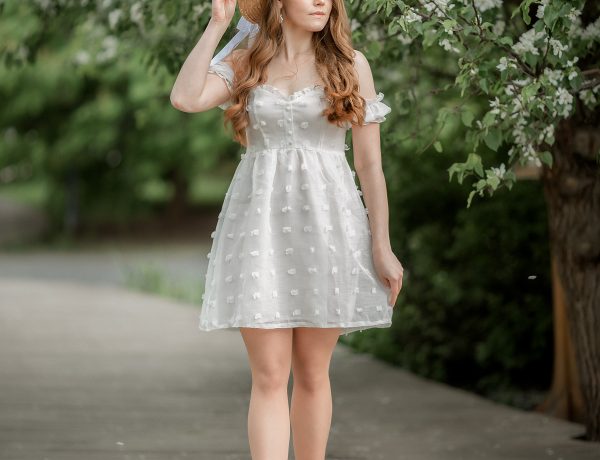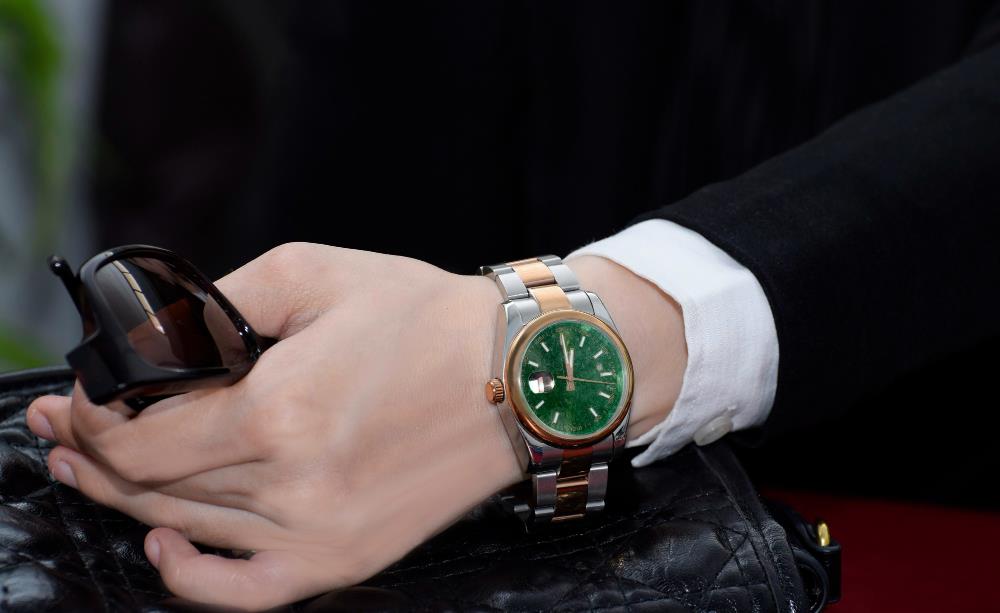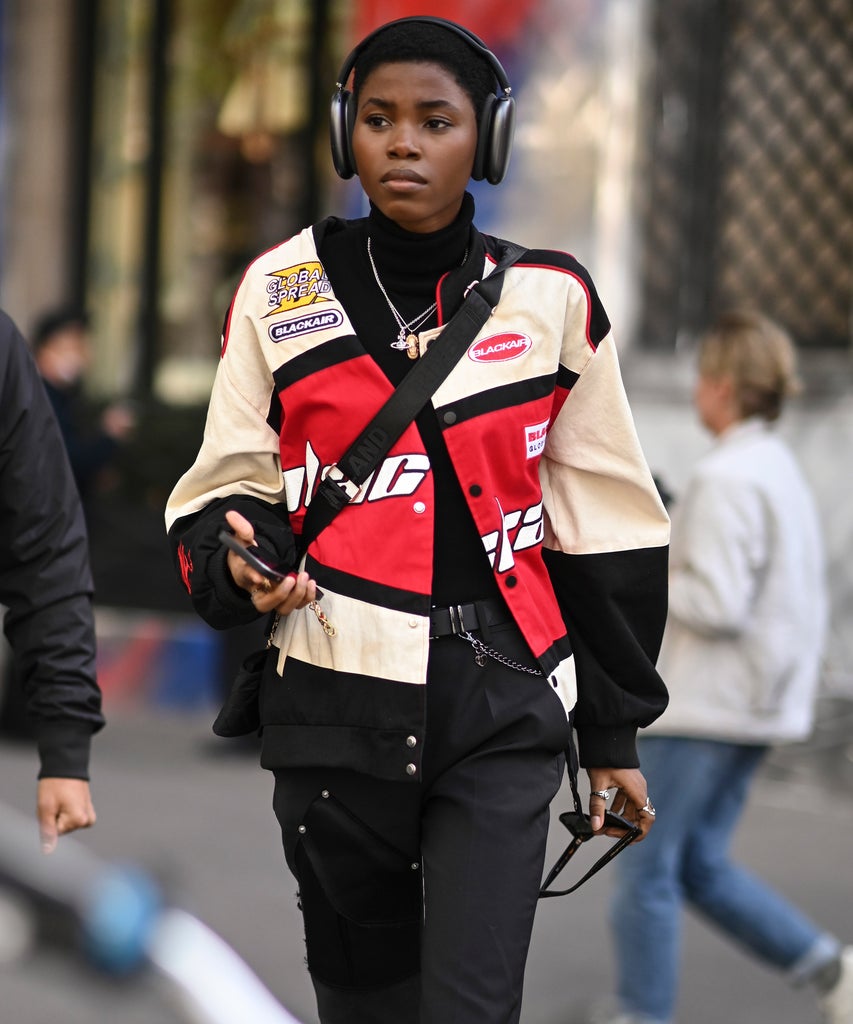
Last year, I got over-the-ear wireless headphones for the first time ever, wanting to prove that the headphones we wear are a vital styling choice. Although I had always been enthused by the way they made people look cool without trying so hard, it had never occurred to me to wear headphones that mimicked the look of a bygone era. My generation did grow up in the time of wired headphones, but it was at the point when the sleek white string of Apple earphones hung over your outfit. As such, I just could never understand why other commuters chose over-the-ear headphones, or even wireless Airpods.
Turns out, I was right: your headphones can make or break an outfit..
Take, for example, Succession’s Kendall Roy, who wears over the ear headphones because he’s trying to tell us he’s hipper than his L-to-the-OG dad, Logan. Listening to Jay-Z while being driven to his dad’s company and dressed in thousand-dollar suits, Roy is trying to be the kind of “progressive” billionaire that attempts to be so cool it’s borderline hilarious. Meanwhile, today’s It girls like Bella Hadid sport wired headphones to channel a nostalgic look, preferring the ones made cool during the Y2K era. Then there’s the stereotypical finance executive look that has made in-ear wireless headphones synonymous with this sector, essentially showing their knack for any tech that’s ahead of the curve.
Headphones are functional. They allow us to be on-the-go, while still jamming to our favorite music. Putting on headphones has always been about being at the forefront of technology. Back in the 1880s, switchboard operators started using 10-pound headphones, with a large one-ear piece and a microphone attached. Throughout the early 20th century, they rapidly developed into more portable devices mainly used by the military. The first wireless headphones came in the 1960s, an era of futurist thinking, allowing people to bring their radio with them. Still, they looked different from the ones we know today, featuring radio antennas and bulky speakers in the ear cups. That same decade saw the release of the Beatlephones, a collaboration between the John Koss audio company and The Beatles that started marketing headphones to teenagers, changing their usage and demographic in the process. Then, came the 1980s, when Sony’s Walkman cassette player upended music and radio listening, transforming it from passive to an on-the-go activity. By the beginning of the 21st century, the rise of iPods brought forth the wired EarPods, making their easily-tangled white strings the protagonists of this era. Similarly, Bluetooth technology revolutionized the way people listen to music and communicate, allowing tech companies to play more with the look and feel of headphones, including the popular Beats by Dr Dre headphones that updated the vintage over-the-ear headphones with a wide range of colors.
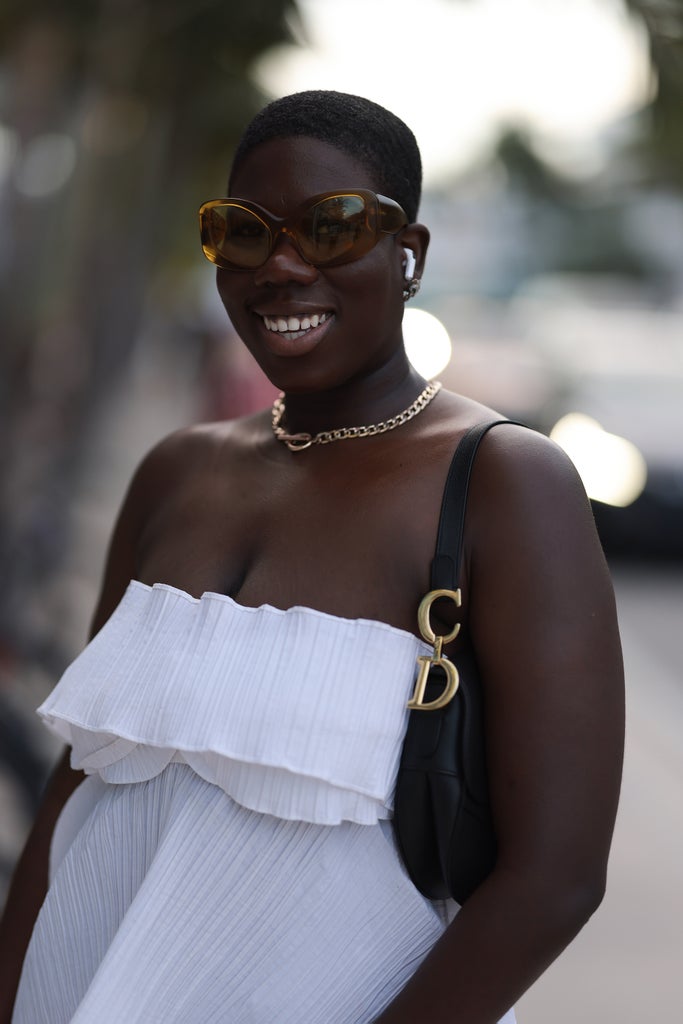
I first put on headphones when they were still in their wired era, during the early 2000s. Throughout my wired headphones adoption, I thought the over-the-ear versions would make me cooler, like a relic from an earlier time that was above any innovative technology. But still, I stayed with the wired in-ear headphones from Apple out of habit. Then, on a random day in 2022 — nearly 20 years since I first put on wired headphones — I figured it was time to buy a wireless over-the-ear pair, just for the plot.
Instantly, the pair — a sleek black wireless over-the-ear version with padded ear cups from Zihnic — made any outfit I wore look more commuter-ready than any other accessories I tried before. And to my surprise, it went well with everything from a leather jacket and jeans to a knit top and linen pants. Out of nowhere, putting on the over-the-ear headphones made me look like a woman on the go — with (literally) no strings attached.
As a commuter, it’s my hobby now to see if outfits I see on the subway could be made better with other models of earphones. I’ve seen women carry two-to-three tote bags that keep getting tangled with their clothes, for example. A pair of wireless headphones could make them look like someone who has their life together, while over-the-ear headphones could make them look like they’re straight out of a party at the office.
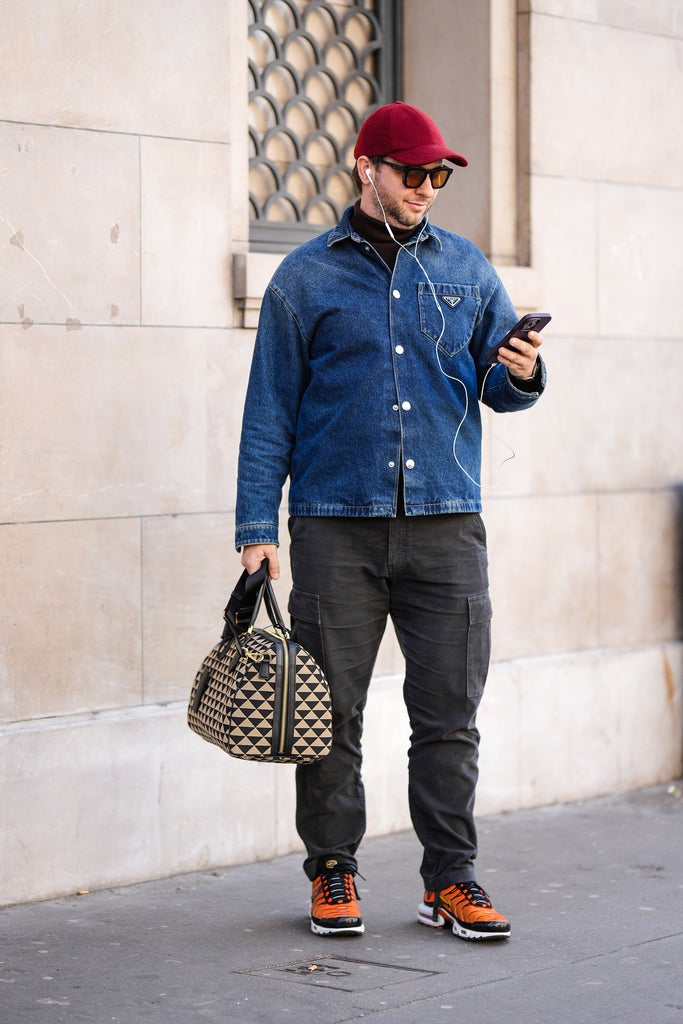

It’s no wonder brands have put so much effort on the look of their headphones over the years. Apple’s AirPods Max wireless headphones have adopted sleeker looks than older pairs of over-the-ear models, making them more fashionable in the process, with a variety of colors available. Similarly, luxury fashion and tech brands like Montblanc, Bang & Olufsen, Bose have prioritized minimal styles in their versions of over-the-ear wireless headphones, including materials like leather and memory foam. On the other hand, brands like Nothing — an emerging tech company making affordable audio products — have opted to make their wireless in-ear headphones transparent, showing the hardware involved in the buds to anyone who looks at them, making for a rawer look. On the wired front, Sony MDR in-ear headphones have added a metallic sheen to their buds with a variety of colors to choose from, while Apple has stayed true to its white wired headphones for nearly 30 years now, betting on their capacity to blend in.
While most commuters put so much effort in telling the world who they are through their clothes, their headphones probably say as much — if not more — about their personality. Yet, unlike most of our fashion choices, it’s not a decision we put as much thought into beyond their tech aspect. So the next time you think about your headphones, it might be a good moment to consider what they, along with your outfit, tell the world about who you are. If not, just at least consider how they make the outfit — they’ll do it on their own, anyway.
At Refinery29, we’re here to help you navigate this overwhelming world of stuff. All of our market picks are independently selected and curated by the editorial team. If you buy something we link to on our site, Refinery29 may earn commission.
Like what you see? How about some more R29 goodness, right here?
We Found The Cutest AirPods Cases

